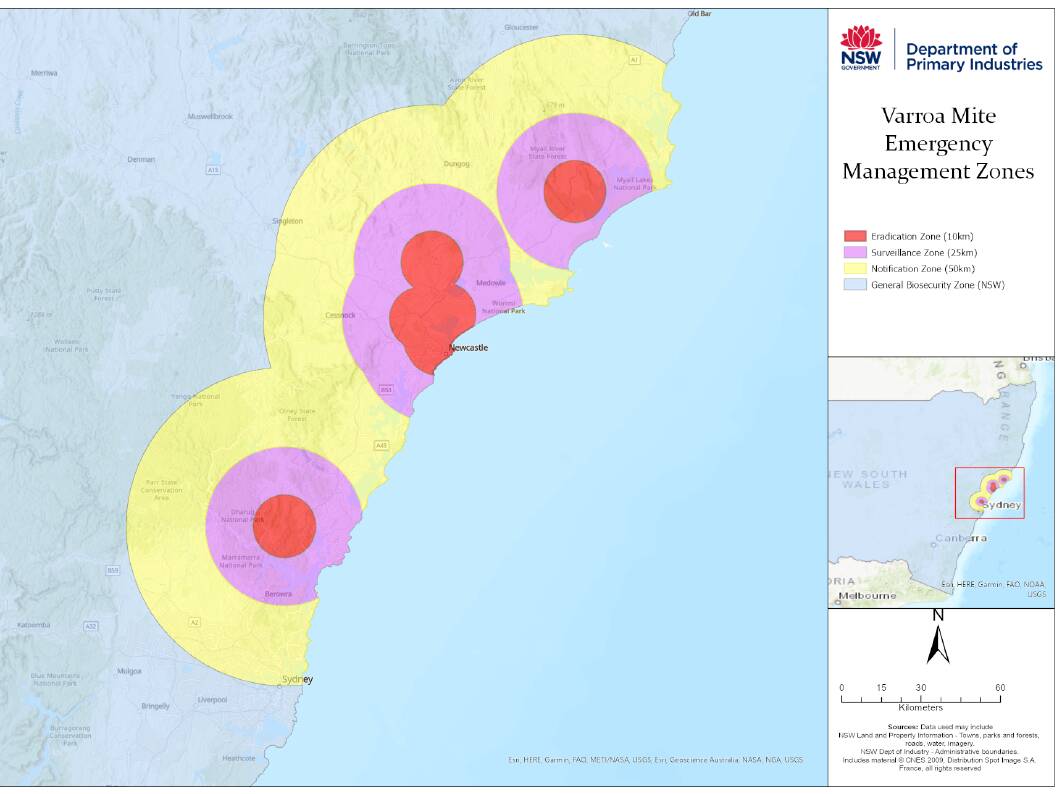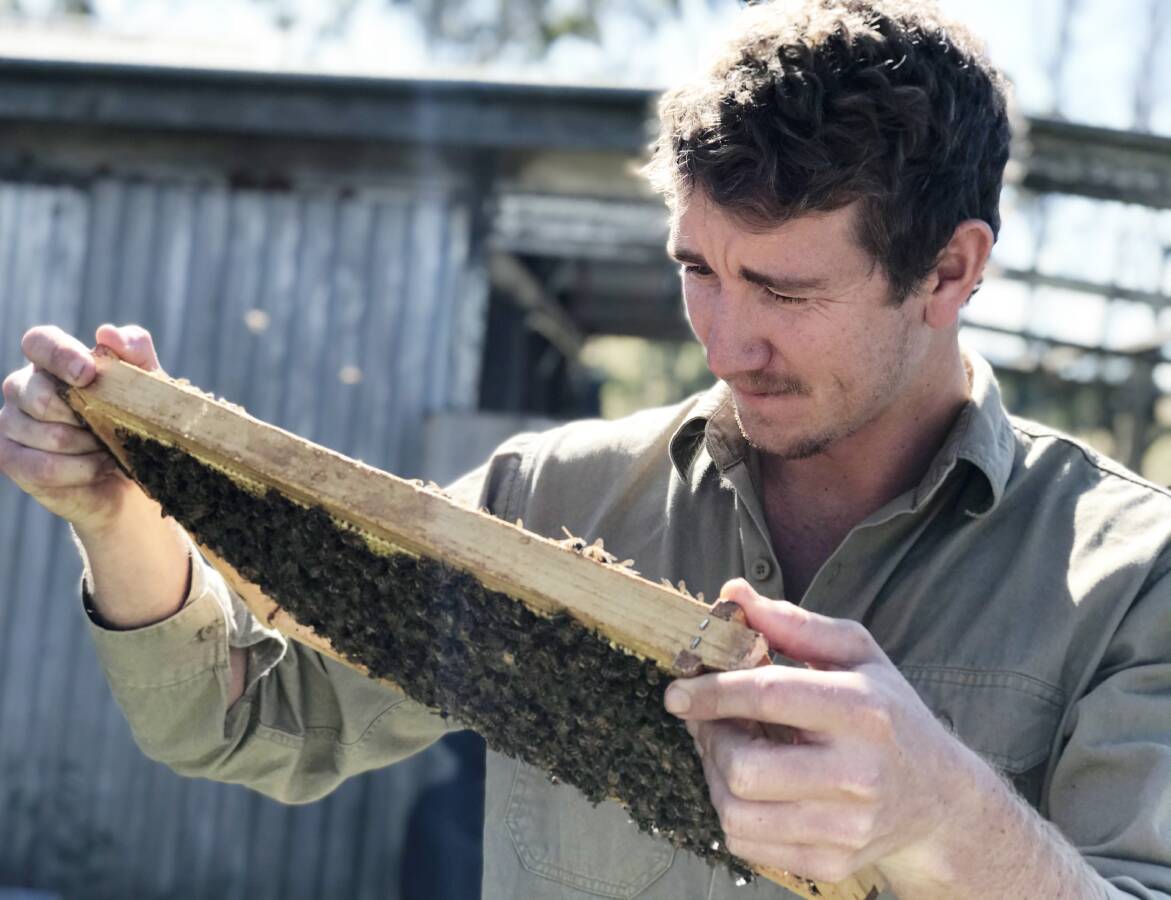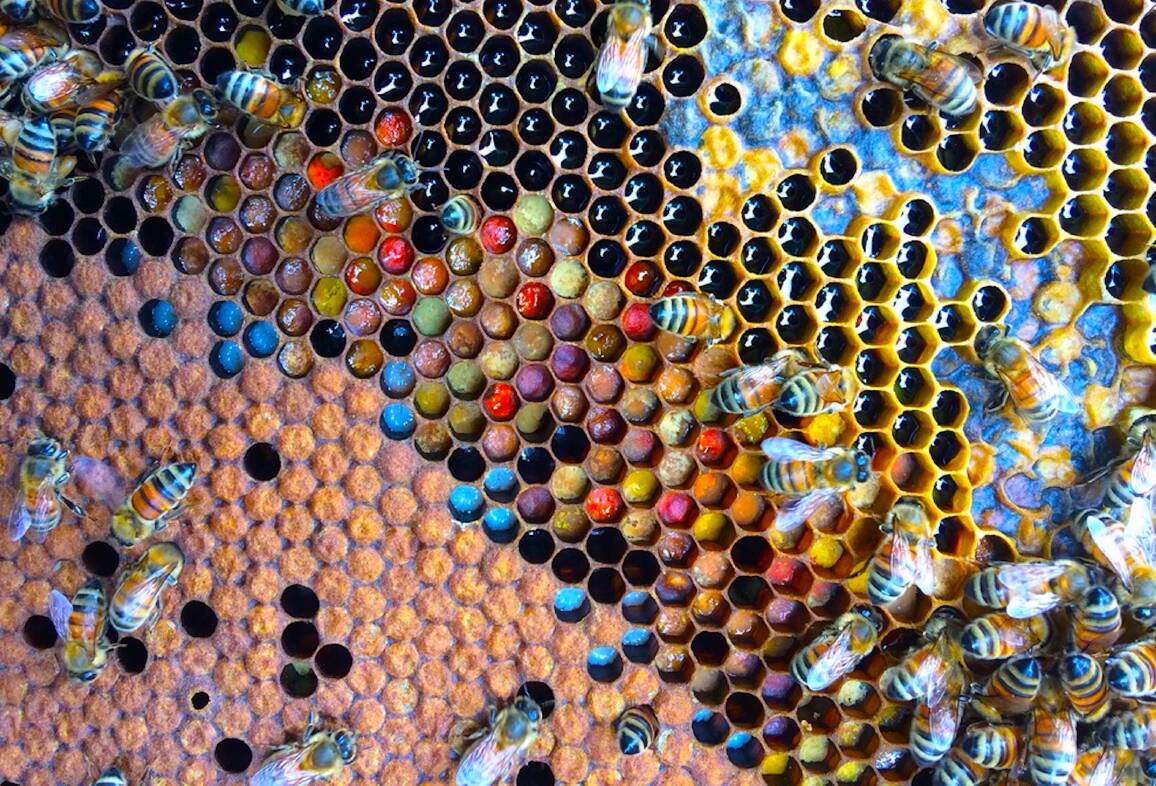
The NSW Department of Primary Industries has established a third emergency zone in its bid to eradicate the deadly varroa mite.
The new zone is at Calga on the Central Coast, extending to Sydney. The three zones now cover a massive area from Forster to Sydney.
Protection officer Chris Anderson said the department had "now established emergency zones around nine infested premises".
"So far many of the infested premises have been located very close together, so the emergency zones covered largely the same areas but recent detections at Bulahdelah and Calga have expanded the area covered."
NSW Agriculture Minister Dugald Saunders insists the government "acted swiftly" in its bid to eradicate the mite, amid concerns that the parasite could evade the government's biosecurity net.
Mr Saunders said the government was "taking every necessary step and precaution to contain this destructive parasite".
The minister maintained his stance that "there is no cause for alarm", but admitted "we need to contain the varroa mite before it causes catastrophic consequences".
"Our DPI [Department of Primary Industries] biosecurity team is working around the clock and has carried out some really effective surveillance work so far. That work has shown us exactly what we thought, that there has been a spread," he said.
Dr Cooper Schouten, of Southern Cross University, also offered hope that containment was possible, saying the mite was detected "pretty early".
"The cases have been traced back to the original incursion," said Dr Schouten, who specialises in honey bee research.
"The fact that it's winter also helps. During spring and summer bees are more likely to swarm, which can carry the mite. There's also less brood [developing bees] for the mites to feed on and reproduce."
He said government, industry, beekeepers and experts are "all working together responding to the crisis".
"Many of the people on the ground are trained in honey bee biosecurity response, specifically for this sort of event."
Nonetheless, Dr Schouten said it was a valid question to ask how long the mite had been loose in the community.
A suspected case of varroa destructor mite was first found in sentinel hives at the Port of Newcastle on Wednesday, June 22.
"The sentinel hives are checked on a six- to eight-week basis," he said.
"Varroa mite populations grow exponentially, so the start of their growth is slow but it builds up more and more as time goes on. So the early interventions we are seeing are key to getting this under control.
"With unlimited food, one mite could multiply from one to 11 mites in the first 50 days. Then in the next 50 days, you're looking at about 100 mites. Then in the next 50 days, you're looking at over 1000 mites."

Australia had been the only significant honey-producing country to be free of the varroa destructor mite. The government is facing a mammoth task to eradicate it, as no other country has managed to do so.
Dr Schouten said the New Zealand varroa infestation happened more than 20 years ago and, since then, Australia's surveillance program had improved and learnt a lot of lessons from other countries.
The NSW government's emergency biosecurity order involves eradication, surveillance and notification zones with 10km, 25km and 50km areas around the Port. DPI said the mite had spread to nine properties, including in Newcastle, Seaham, Bulahdelah and Calga. A second biosecurity zone was subsequently established at Bulahdelah on Tuesday and a third at Calga on Thursday.
A department spokesperson said on Thursday that 677 beekeepers and 912 hives were now registered as being in the eradication zones. However, beekeepers believe hives within the zones could be in the thousands.
By Thursday, the department had destroyed 608 hives. However, there are concerns about whether the department will have enough time and information to destroy all the hives before the mite spreads further.
Dr Schouten said it is important that all beekeepers register with the department and their hives be known to the biosecurity team.
"Also we have big pollination events coming up. There'll be a really high demand for bees. For a lot of these people, beekeeping and moving bees on to pollination is their livelihood. So it's not an easy time for a lot of our beekeepers and also for the growers who need bees to ensure viable crops."
Mr Saunders said he was "optimistic that there is a pathway forward".
"We are doing everything we can to stand with beekeepers of all kinds and are working as fast as we can to eradicate this pest from our state. What we really need to focus on now is getting as much information back from beekeepers as possible, while giving them the support they need.
"It is also the responsibility of the media, industry and community leaders to make sure we are getting the message out there and providing encouragement for beekeepers during this difficult time."
Mr Saunders was pleased with the government's efforts, saying the incursion was detected due to the "sentinel surveillance site set up and monitored by the NSW DPI".
"Had the NSW government not had these frontline biosecurity measures in place, eradication of varroa mite would not be possible."
Millions of bees have already been killed within the eradication zones.
"The loss of honey bees within the eradication zones is hard and we understand people will be upset by this," Mr Saunders said. "Varroa mite is the most serious threat to honey bees worldwide and it will devastate the industry if it is not stopped.
"The damage would include a $70 million annual loss to the Australian honey industry and significant impacts on producers of crops such as almonds, apples and cherries that rely on pollination. In Australia, the value of honey bees providing pollination services to our agricultural industries is valued at $14.2 billion."
Mr Saunders said the government had set up a state co-ordination centre at Orange Agricultural Institute and a local co-ordination centre at Maitland to deal with the crisis. Contact tracing had also taken place.
The department's biosecurity teams took samples from the Port hives and "put them through molecular testing to confirm the infestation".
The samples were sent to the Elizabeth Macarthur Agricultural Institute to "confirm an incursion had occurred".
They determined it was the varroa destructor mite, the main species to infect European honey bees.
"As soon as we had confirmation that the suspected case was the varroa mite, we launched an emergency response which involved a biosecurity order," Mr Saunders said.
"This order was signed and enforced within hours of the incursion and further orders are being implemented as more cases pop up."
Mr Saunders confirmed that registered commercial beekeepers will be compensated for "all essential equipment, hives and bees that are destroyed through this process".
The government is not offering compensation for recreational beekeepers, despite them being crucial in efforts to eradicate the virus.








